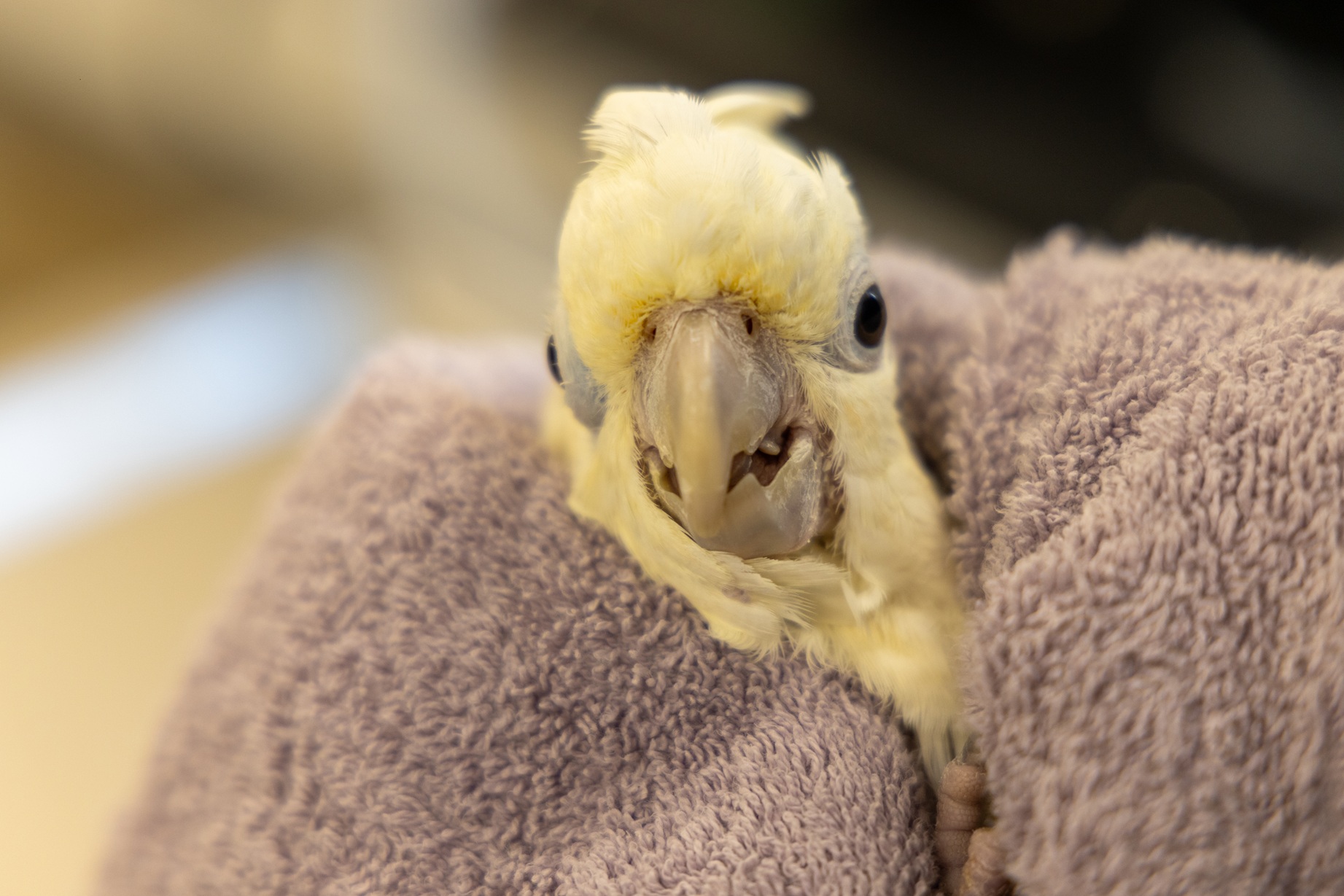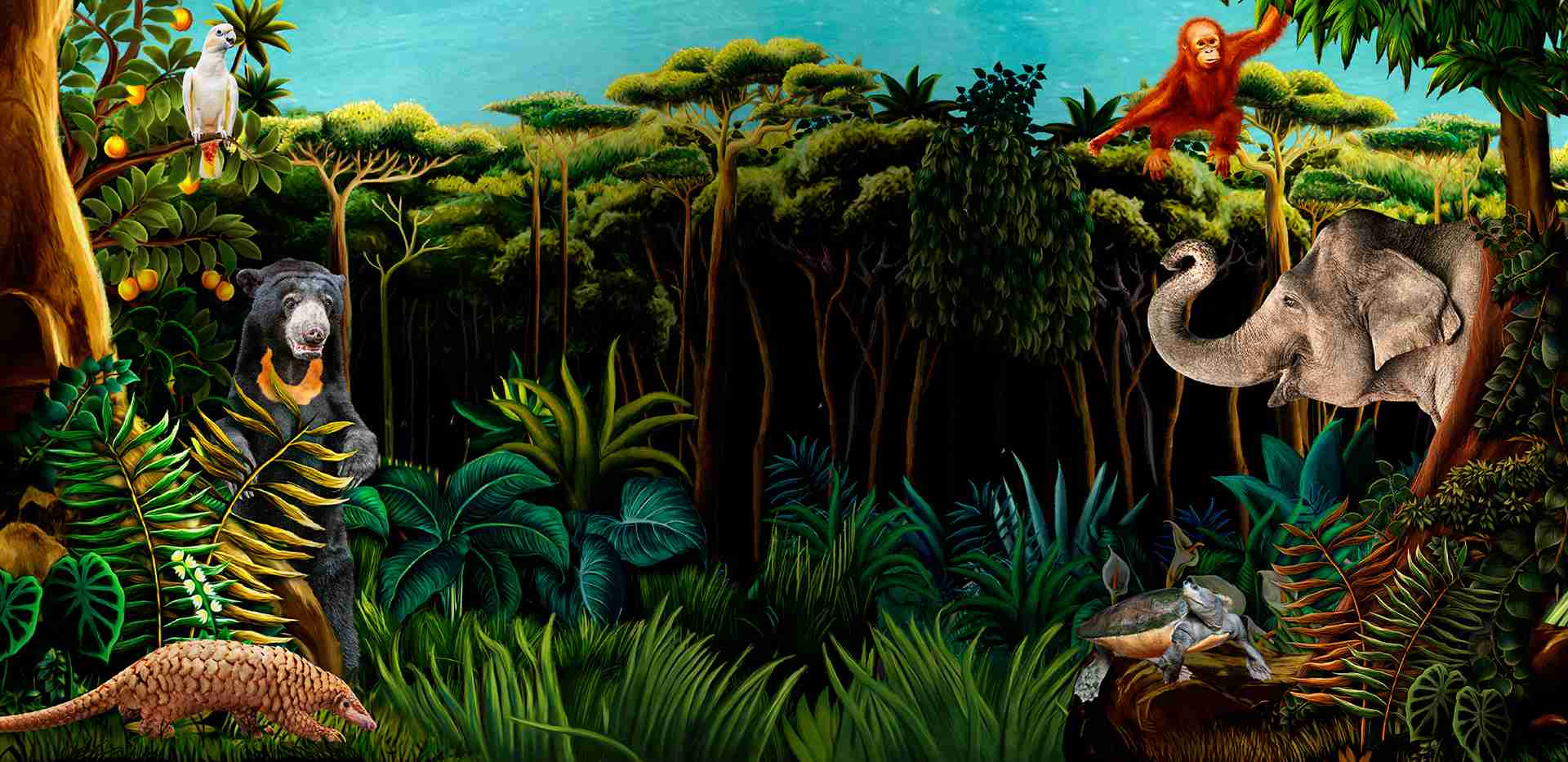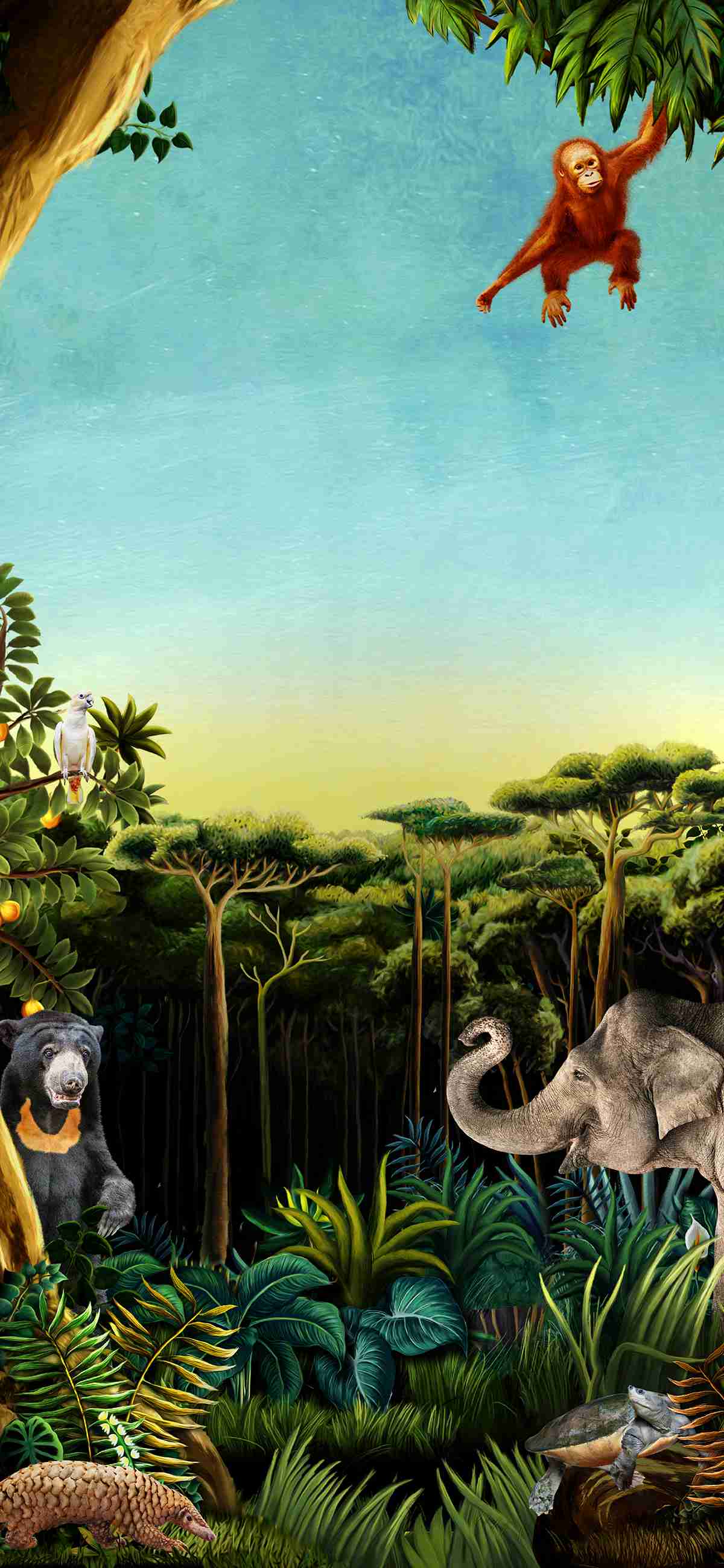Mandai Wildlife Group and Mandai Nature Mark Milestone in Conservation Breeding with First-Ever Philippine Cockatoo Fledgling
16 October 2025.jpeg)
(Left) The chick at approximately two months old.
Photo credit: Mandai Wildlife Group
.jpg)
(Left) Now four months old, the fledgling weighs 230 grammes. It has also transitioned to an adult diet consisting of seeds, vegetables and pellets. Adult Philippine cockatoos typically weigh up to 350 grammes.
Photo credit: Mandai Wildlife Group
The Philippine cockatoo, also known as the red-vented cockatoo, is listed as critically endangered on the International Union for the Conservation of Nature’s (IUCN) Red List of Threatened Species. Once common throughout the Philippines, populations have plummeted drastically due to illegal trapping for the pet trade and habitat loss. Today, its last wild populations are concentrated primarily on the Palawan islands, where fewer than 750 mature individuals remain.
Anaïs Tritto, Assistant Vice President, Animal Care (Operations), Mandai Wildlife Group, said, “These birds are notoriously difficult to breed in human care, so having this little one is both exciting and encouraging. This fledgling is a hopeful step forward and a reminder of how zoos can support species recovery by preserving genetic diversity and maintaining a safety-net population. Having them in human care also fills important knowledge gaps, offering valuable insights into pair bonding and parental behaviour that can enhance breeding efforts. Watching this chick grow, we’re reminded why conservation matters – not just for the species but for the people behind the scenes.”
Although the pair had not bred in over a decade, there was cautious optimism for a successful outcome this breeding season. A key learning from this success was the importance of minimising human disturbance during the nesting phase, which guided the decision to leave the nestbox undisturbed. However, when the chick was later discovered on the ground outside the nest – likely due to the inexperience of the parent birds – keepers promptly intervened. The chick was retrieved, assessed by the veterinary healthcare team, and transferred to the Breeding and Research Centre, where it was raised by its human foster parents. Now four months old, it has begun its first exploratory flights under the watchful eye of its keepers. The fledgling continues to be cared for off-exhibit at Bird Paradise, with plans being discussed with KFI.
The chick’s parents were rescued in Palawan and transferred to Singapore in 2015 under a wildlife loan agreement with DENR. Deemed unsuitable for release into the wild due to health and behavioural factors, the pair now plays a crucial role as an insurance colony in Singapore’s Bird Paradise. This colony acts as a safeguard against extinction by maintaining the long-term genetic diversity and sustainability under managed care. Their offspring represent a valuable potential contributor to future population reinforcement efforts, both in human care and in the wild.
Dr Jessica Lee, Head of Avian Programmes and Partnerships, Mandai Nature, and Acting Vice-Chair of IUCN Species Survival Commission Wild Parrot Specialist Group, said, “What makes this milestone particularly meaningful is the connection between field-based work in the Philippines and zoo-based species management efforts in Singapore. By bridging in situ and ex situ strategies, we’re strengthening conservation outcomes for the Philippine cockatoo. Recognised by the Philippine government as a focal species in its national conservation drive, the cockatoo is now the subject of conservation planning that will lay the foundation for informed actions to protect the species.”
KFI has been leading conservation efforts for threatened species in Palawan by restoring habitats, implementing anti-poaching measures and driving community-based initiatives. Their Philippine Cockatoo Conservation Programme (PCCP) has led to the establishment of four reserves and significantly contributed to the species’ recovery, particularly on Rasa Island, where numbers have grown from just 25 individuals in 1998 to more than 350 in 2021. For over a decade, Mandai Nature has been supporting these long-term efforts through funding, veterinary collaboration and species management expertise, strengthening the impact of field conservation work in Palawan.
In July this year, a diverse group of stakeholders – including government, non-government organisations, academics and researchers, local communities and indigenous groups, ex situ institutions, and others – gathered for a workshop facilitated by Mandai Nature, as the Southeast Asia regional resource centre of the IUCN SSC Conservation Planning Specialist Group (CPSG). The aim was to initiate discussions to help shape a future national conservation plan for the Philippine cockatoo.
Indira Dayang Lacerna-Widdman, Co-founder and Chief Operating Officer of Katala Foundation Inc, said, “For nearly 30 years, we’ve worked to protect the Philippine cockatoo in its last wild strongholds. To see a chick hatch from birds we rescued and cared for nearly a decade ago is a deeply meaningful moment for our team. It’s a reminder that every individual counts and that with the right support and collaboration, even small wins can strengthen long-term conservation efforts. This success reinforces our work on the ground in Palawan and reflects what’s possible when in situ and ex situ efforts align.”
.jpeg)
Keepers at Bird Paradise’s Winged Sanctuary spotted the chick on the ground on 24 July 2025.
Photo credit: Mandai Wildlife Group
.jpg)
Keiko Watanabe, Deputy Head Keeper, and Dr Daniel Calvo, Assistant Vice President of Veterinary Healthcare & Scientific Programmes at Mandai Wildlife Group, examine the chick at Bird Paradise’s Avian Hospital.
Photo credit: Mandai Wildlife Group
.jpg)
The chick underwent a comprehensive health evaluation including a CT scan to carefully assess its condition and guide its ongoing care.
Photo credit: Mandai Wildlife Group

Mandai Wildlife Group’s veterinarians performed a routine visual health check on the fledgling’s eyes, feathers and beak in October.
Photo credit: Mandai Wildlife Group
.jpg)
Bird Paradise is now home to five Philippine cockatoos, also known as red-vented cockatoos because of the distinctive red patch on their tails.
Photo credit: Mandai Wildlife Group
.jpg)
Mandai Nature facilitating a workshop organised by DENR and KFI, aimed at establishing a coordinated national approach for the conservation of the Philippine cockatoo.
Photo credit: Katala Foundation Inc

